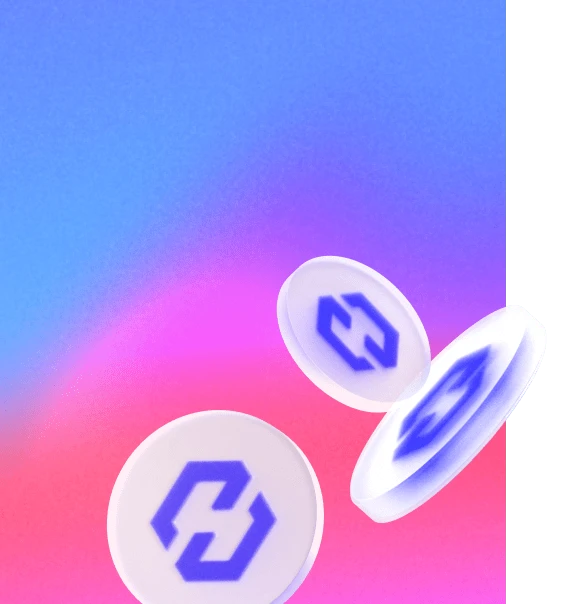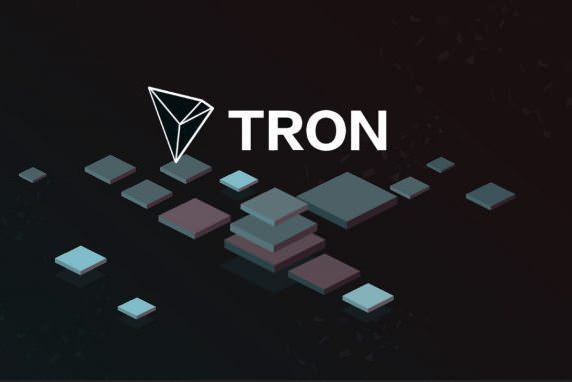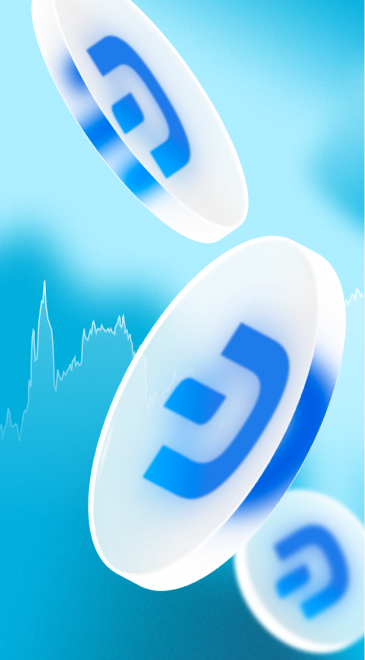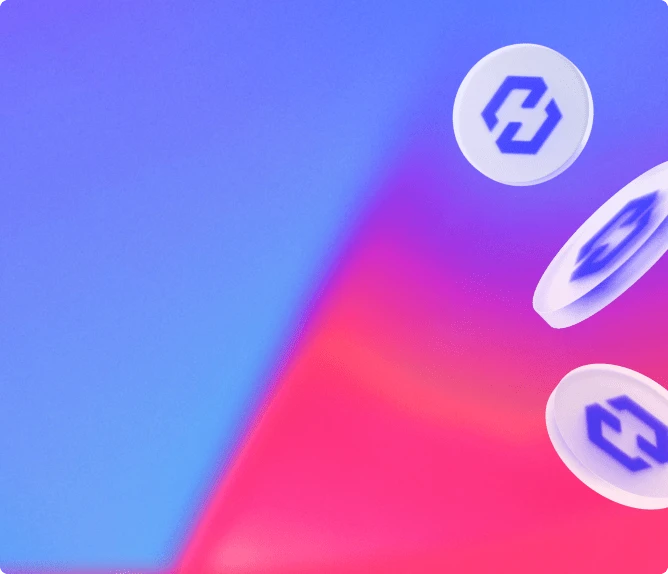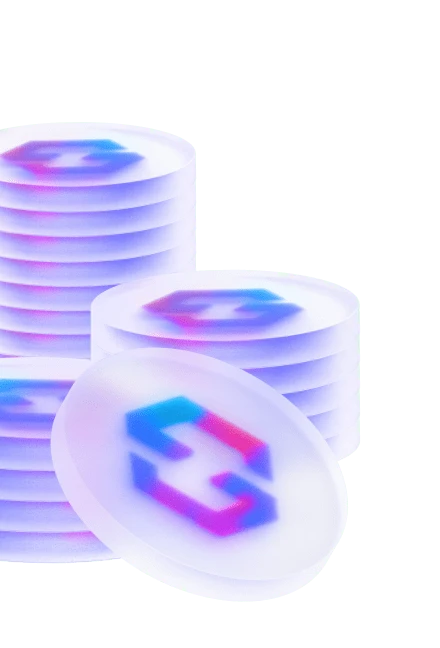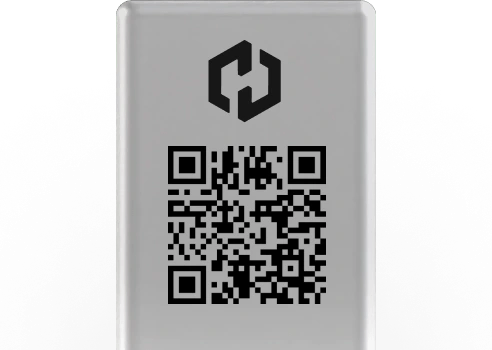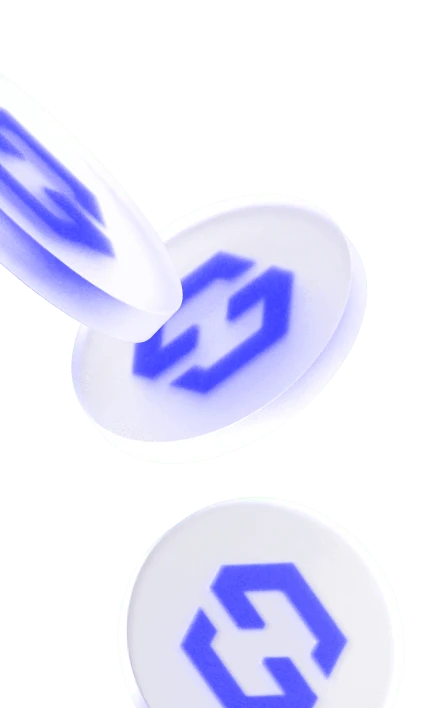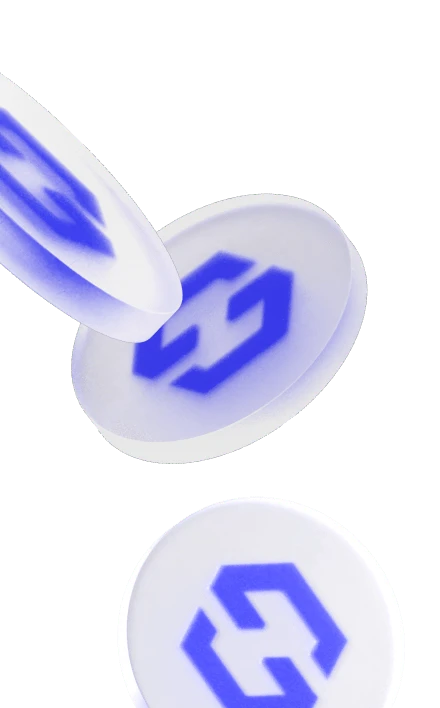It is extremely important that you know how to safely and securely store your crypto-assets before investing in this fascinating space. Creating a wallet is the first step towards this.
A wallet is a software that enables you to send, receive, control and secure your crypto-assets. A wallet takes form either from a desktop application, a mobile application, or a hardware wallet.
Its principle is rather straightforward: regardless of the wallet you open, it generates a “seed” phrase beforehand. The seed, also known as a backup phrase, is a list of 12, 15, 18, 21 or 24 words randomly drawn from a database of 2048 words and will enable you to restore your funds on a new wallet at any given moment if you lose your wallet. Needless to say that the seed is the unique owner of given funds and that the wallet is the tool that allows you to make use of them.
A wallet’s purpose is to provide the user with an interface that allows him or her to interact with the funds associated with the seed. A wallet has the ability to generate private keys from the seed, while the private keys control the crypto-assets acquired and constitute the unique source of control on these.
Reception addresses are derived from the private key. These take form under an alphanumeric list, of the type “33UnXAB3g6bmQR7mykk8SCjwXXxvwPiAfB”, and a QR code that can usually be scanned.
Think of your reception address as your bank account number. You must share it in order for others to send you crypto-assets. You can be relieved, no one can steal your crypto-assets with your reception address!
You must, however, be careful and note that a Bitcoin reception address cannot be used to receive another type of crypto-asset, and reciprocally. You entail the risk of losing your funds by doing so
Installing a crypto-asset wallet takes a couple of minutes. Please refer to our next article, “How do I choose my wallet?” in order to choose the wallet that best suits your needs!
How should I choose my wallet?
If you had been an early Bitcoin adopter, you would have been fortunate enough to interact with Bitcoin Core, the open-source Bitcoin protocol published by Satoshi Nakamoto himself. In doing so, you not only downloaded the entire Bitcoin blockchain to use your wallet and its function, but evenly downloaded the integrality of the keys containing your bitcoins and of each address used. Put it simply, it was quite complicated to own bitcoins!
Fast forward up until today, things have changed, for the best, in terms of user experience and simplicity. Not only has the technology itself proven increasingly user-friendly, so have crypto-asset wallets, both in quantity and quality.
You will likely interact with a variety of wallets as a crypto-user or crypto-hodler. Some wallets are designed for increased security (hardware wallets) while others are suited to everyday users for routine payments easily carried out through a smartphone. Consider your hardware wallet as your numerical safe while the app used on your phone is equivalent to your pocket wallet.
As we stand, if you’re looking into small amounts of investments, you can download mobile applications like Coinomi if you’re on Android, or Jaxx on Iphone.
For higher volumes of investment, we highly recommend acquiring a hardware physical wallet like the Ledger Nano S, a true numerical safe.
Please refer to our next article “Configuring your wallet in the safest of manners” to get started!
Configuring your wallet in the safest of manners
Crypto assets allow you to have total control of your numerical assets without having recourse to a trusted intermediary, firm or bank.
This given power comes alongside a certain responsibility, that is, you are entirely responsible of securing your assets.
This may sound a bit scary at first, after all, we’ve all heard misinformed myths revolving the security of crypto-assets such as “Bitcoin isn’t secure” or “hackers are going to steal your money”. Forget about it! In 2018, ultra secure and simple solutions exists, and are right across the corner.
It is however essential that you adopt the right measures from the very beginning. First, you will be asked to choose a PIN code while setting up a wallet. Keep in mind that this code enables total access of your funds if someone holds your phone, or hardware wallet; hence, don’t pick the easiest of codes. For instance, we do not recommend choosing your birthday or that of a relative.
You will then have access to your seed phrase that enables a direct access to your funds. If ever someone takes a hold of this, in whichever location, then this person has the capacity to seize your funds. For this very reason, it is quintessential that you write down your seed on a physical paper rather than on your phone or computer. Do not take a picture of it, obviously. Once this is done, store the paper in a safe location, eventually in two copies, and avoid keeping it with or next to your wallet.
Once you’ve done this, you’re all set to grab some crypto-assets in serenity!





